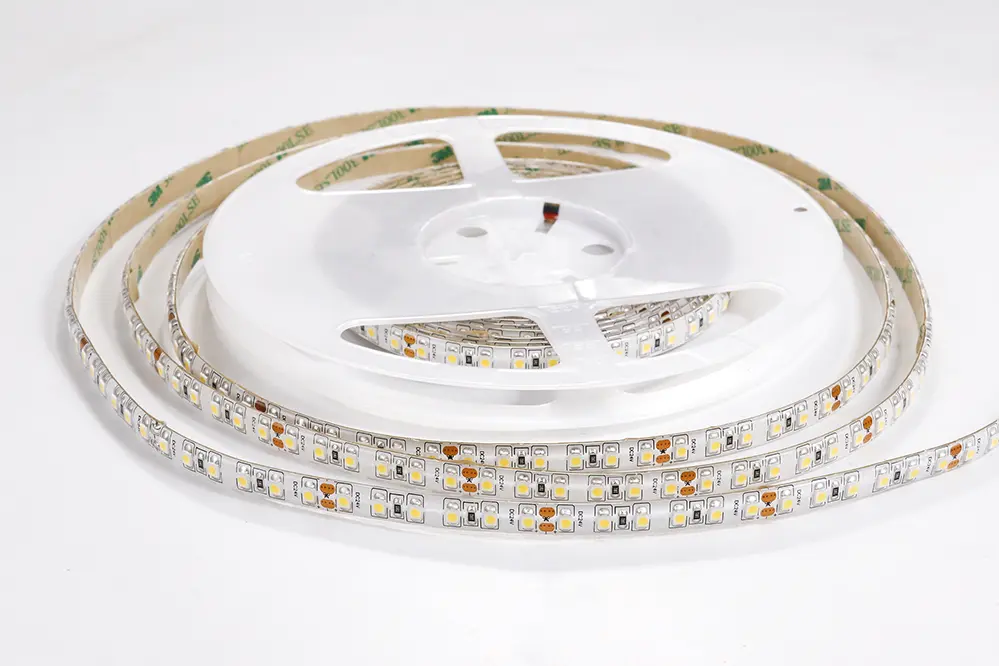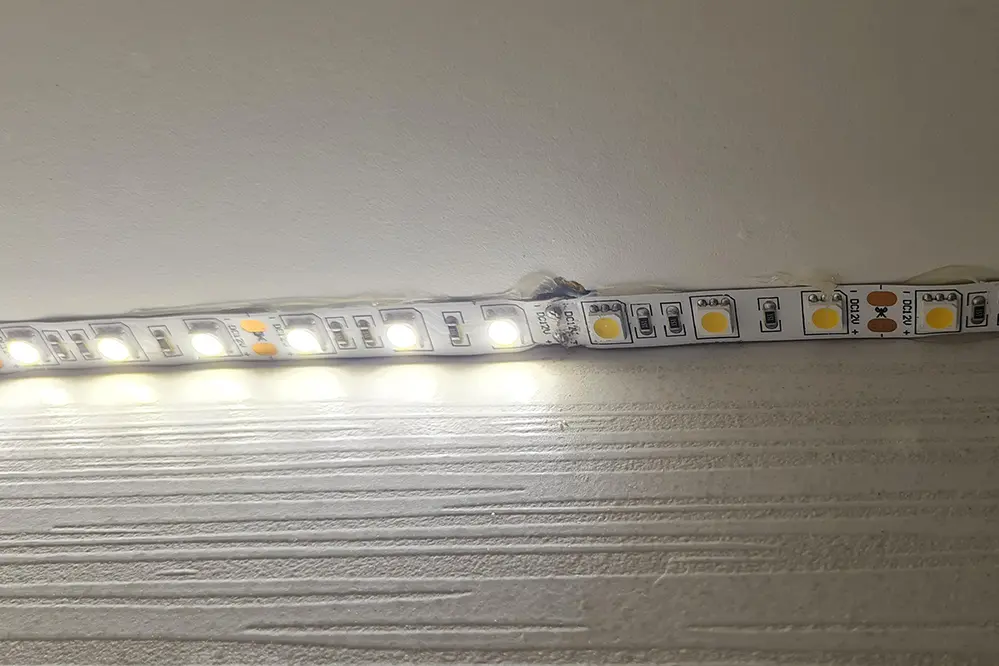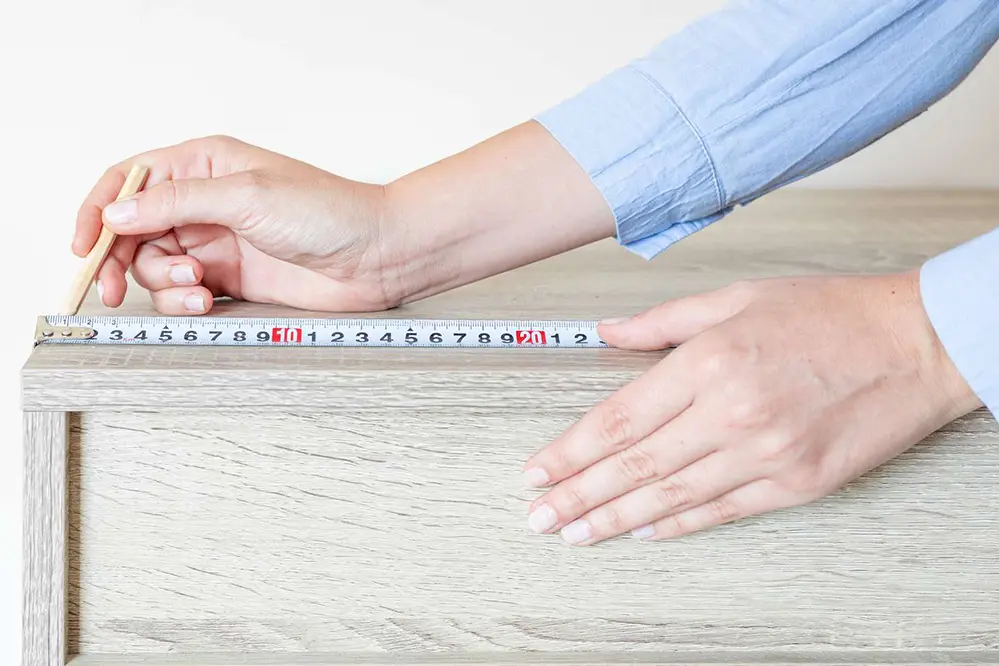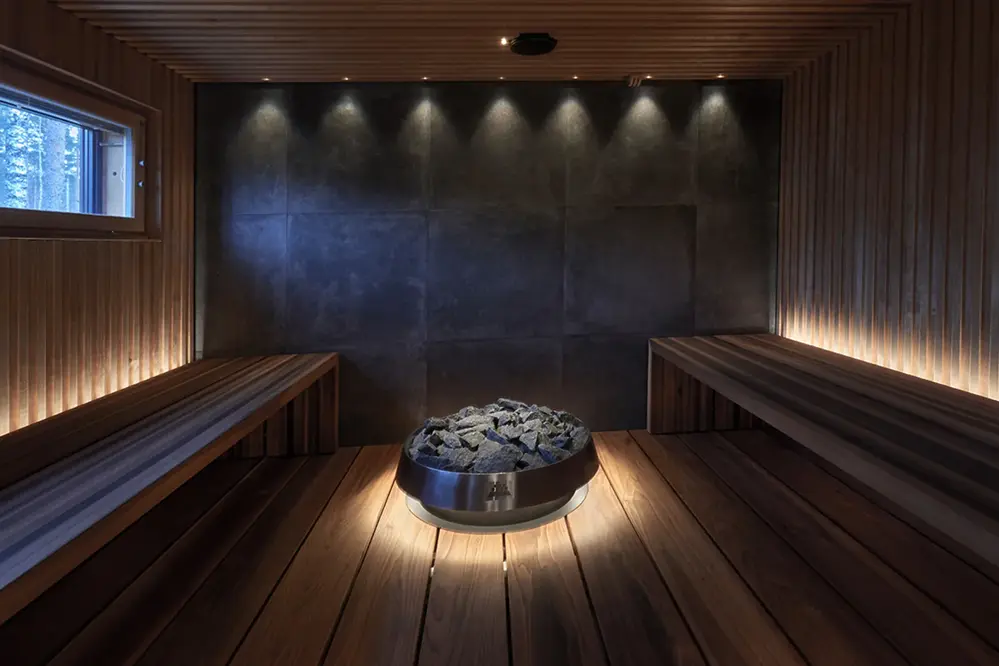Have you invested in high-quality LED strip lights? Preserving them and employing proper troubleshooting methods are crucial for maximizing their lifespan and ensuring safety.
Environmental factors like heat, humidity, and dust can significantly impact LED strip light longevity. Proper handling minimizes the risks.
Optimal storage, installation techniques, and regular maintenance ensure your LED strips provide consistent illumination over time.
Proper Storage Techniques

When storing LED strip lights, maintaining proper temperature and humidity levels is essential to prevent degradation.
Ensure the lights are wound onto appropriate spools or reels to avoid kinks, which can damage the internal circuitry and make soldering repairs more challenging. Using an appropriate adhesive can further secure the lights and prevent movement during storage. Avoid direct exposure to sunlight, which can cause the materials to weaken over time.
A labeled “anti-static” or “static-free” bag is highly recommended to shield the lights from electrostatic discharge (ESD).
Avoid Direct Sunlight
Direct sunlight degrades LED strip lights, causing a reduction in luminous efficiency and a shortened lifespan. Ultraviolet (UV) rays can harm the protective coatings on the LEDs.
Position your LED strip lights in a location with minimal sun exposure, or use UV-filtering materials. This can be as simple as a window film or as complex as an architectural shading design.
Prolonged UV exposure leads to thermal degradation, impacting LED performance over time.
Consider relocating LEDs: it’s critical for ensuring the longevity of your lighting installation. Optimally, install LEDs in shaded or sun-sheltered areas, facilitating enhanced performance and prolonged usage. Pay attention to these details.
Use Original Packaging
Utilizing the original packaging for LED strip lights is imperative for maintaining their integrity during storage and transportation. The packaging provides a secure environment, specifically designed to protect the strips from physical damage.
Original packaging often includes suitable cushioning, shielding the LED strips from potential impacts. This is crucial in preventing damage to delicate components.
Moreover, the original packaging is typically designed to be anti-static, reducing the risk of electrostatic discharge (ESD) that can compromise the functionality of the LEDs. Keeping the packaging also ensures that you have all the necessary accessories and instructions safely stored.
Ensuring LED strip lights are kept in their original packaging not only preserves their physical appearance but also maintains the integrity of their technical specifications. This practice is vital for professionals who demand the highest quality performance. Adhering to these careful preservation methods helps in extending the lifespan of the LED strip lights, making them more reliable for future use.
Ideal Environmental Conditions
To maximize longevity, maintain LED strip lights between 20-30°C (68-86°F), avoiding extreme fluctuations.
In addition, ensure humidity levels remain within the 30-70% range to mitigate the risk of corrosion, which can deteriorate circuit integrity and ultimately lead to failure.
Avoid “indoor-outdoor” or “wet-dry” transitions to ensure a stable operating environment.
Maintain Optimal Temperature
Maintaining an optimal temperature for your LED strip lights is critical for their longevity and performance. LED strip lights, like all electronic components, have specific temperature ranges within which they operate most efficiently.
Operating LED strip lights at high temperatures can significantly reduce their lifespan.
High temperatures can cause the semiconductor materials within the LEDs to degrade faster.
Moreover, excessive heat can compromise the adhesive backing, causing the strips to detach from their mounting surfaces.
To mitigate heat build-up, consider installing LED strip lights on a heat-dissipating substrate such as aluminum channels.
Additionally, ensure there is adequate ventilation around the LED strips to allow for proper air circulation, which can further help maintain a stable temperature.
Control Humidity Levels
Maintaining proper humidity levels is essential for prolonging the life of LED strip lights.
High humidity levels can accelerate the degradation of electronic components within the LED strip lights, leading to corrosion and reduced performance. Therefore, it is vital to install these lights in environments where humidity levels are monitored and controlled to prevent excessive moisture accumulation.
Conversely, very low humidity can cause static electricity buildup, which may damage the LED strips. By ensuring a balanced humidity range, you can protect the electrical integrity of the lights, thus preserving their functionality and longevity.
For installations in environments where controlling humidity is challenging, such as outdoor or semi-outdoor settings, using waterproof or weather-resistant LED strip lights can provide an additional layer of protection. Employing desiccants and moisture-absorbing materials within the installation area can also be beneficial in managing moisture levels effectively.
Regular Maintenance Tips

Regularly clean the LED strips using a soft, non-abrasive cloth to remove dust particles.
Make sure to inspect the power supply and connectors periodically to ensure they are functioning correctly and securely connected.
Checking for “hot-spots” or “cold-spots” helps in identifying any ‘failing components’.
Clean with Soft Cloth
Regular cleaning with a soft cloth ensures the LED strip lights remain free from dust and debris, enhancing durability and brightness.
- Unplug the LED strips to prevent any electrical risks during cleaning.
- Use a microfiber or cotton cloth to gently wipe the surface of the LED strips.
- Avoid harsh chemicals as they can damage the silicone or epoxy coating.
- Dampen the cloth slightly if needed, but ensure no excess moisture reaches the electronics.
- Allow the strips to dry completely before re-plugging and powering them on.
Consistent and gentle cleaning can significantly prolong the lifespan of your LED strip lights.
This method minimizes the risk of scratching or damaging the sensitive components.
Incorporating this routine into your maintenance schedule ensures optimal performance and illumination quality.
Check for Loose Connections
Loose connections can lead to intermittent lighting, flickering, or complete failure of LED strip lights.
- Turn off the power before inspecting connections to avoid electrical hazards.
- Verify connector integrity by gently tugging at the connectors to ensure they are not loose.
- Inspect solder points for any visible cracks or weak joints, as poor soldering can lead to inconsistent performance.
- Re-solder joints if any appear to be compromised to restore a solid electrical connection.
- Tighten screw terminals if they are used in your setup.
Ensuring all connections are secure is vital for maintaining consistent illumination and preventing potential damage.
Incorporate regular checks into your maintenance routine to catch and address loose connections early.
Safe Handling Practices
Proper handling is crucial to preserving the integrity of LED strip lights. Avoid bending, stretching, or twisting the strips, as such actions can damage the internal circuitry, leading to premature failure.
Use anti-static gloves when handling LED strips to prevent electrostatic discharge, which can irreparably damage the LEDs and associated circuitry.
Avoid Bending the Strips
Bending LED strip lights can cause immediate or cumulative damage to the internal circuit pathways, which compromises their functionality and longevity. Gentle, limited curvature is acceptable.
However, sharp bends should be avoided entirely. These can fracture circuit traces or dislodge LED components, rendering sections inoperative.
Additionally, frequent bending can lead to micro-cracks, compromising conductivity. Such damage might not be instantly evident but leads to long-term degradation.
To prevent issues, use mounting surfaces that conform to the strip’s natural flexibility. This maintains structural integrity and ensures consistent performance.
For tight corners or angles, use specially designed connectors or bending aids. These solutions maintain electrical continuity without risking damage to the strip.
Remember, LED strips aren’t designed for excessive bending. Minimizing flexing helps ensure their lifespan and reliability.
Handle with Clean Hands
Handling LED strip lights with clean hands is paramount. Dirt, oils, and other contaminants can compromise electrical connections, affecting the strip’s overall performance.
Cleanliness prevents the transfer of corrosive substances that might degrade components.
Particles on your hands can cause imperfections, reducing the adhesion quality during installation.
Furthermore, oils from your skin can create a film on the LED surface, diminishing light output and efficiency.
Always use gloves if possible; they provide an additional layer of protection, ensuring the purity of contact surfaces and enhancing longevity.
In summary, the simple act of clean handling significantly contributes to maintaining the integrity and brightness of your LED strip lights.
Conclusion
Preserving LED strip lights requires meticulous attention to several key factors. Proper handling, appropriate installation, and regular maintenance are critical.
Ensuring correct power supply is pivotal. Incorrect voltage can damage the LEDs.
Minimize excessive bending to maintain the structural integrity of the strips.
Keeping your hands clean during installation prevents contaminants from interfering.
Utilize gloves to further protect the lights, enhancing both their performance and longevity.
Ultimately, these measures collectively ensure your LED strip lights shine brightly and last longer. Adhering to these practices maximizes your investment in this versatile lighting technology.
For high-quality LED strip lights and LED neon strips, consider reaching out to Unitop, a professional Chinese manufacturer known for their expertise and top-notch products. Contact Unitop today to explore a wide range of options that can elevate your lighting experience.





